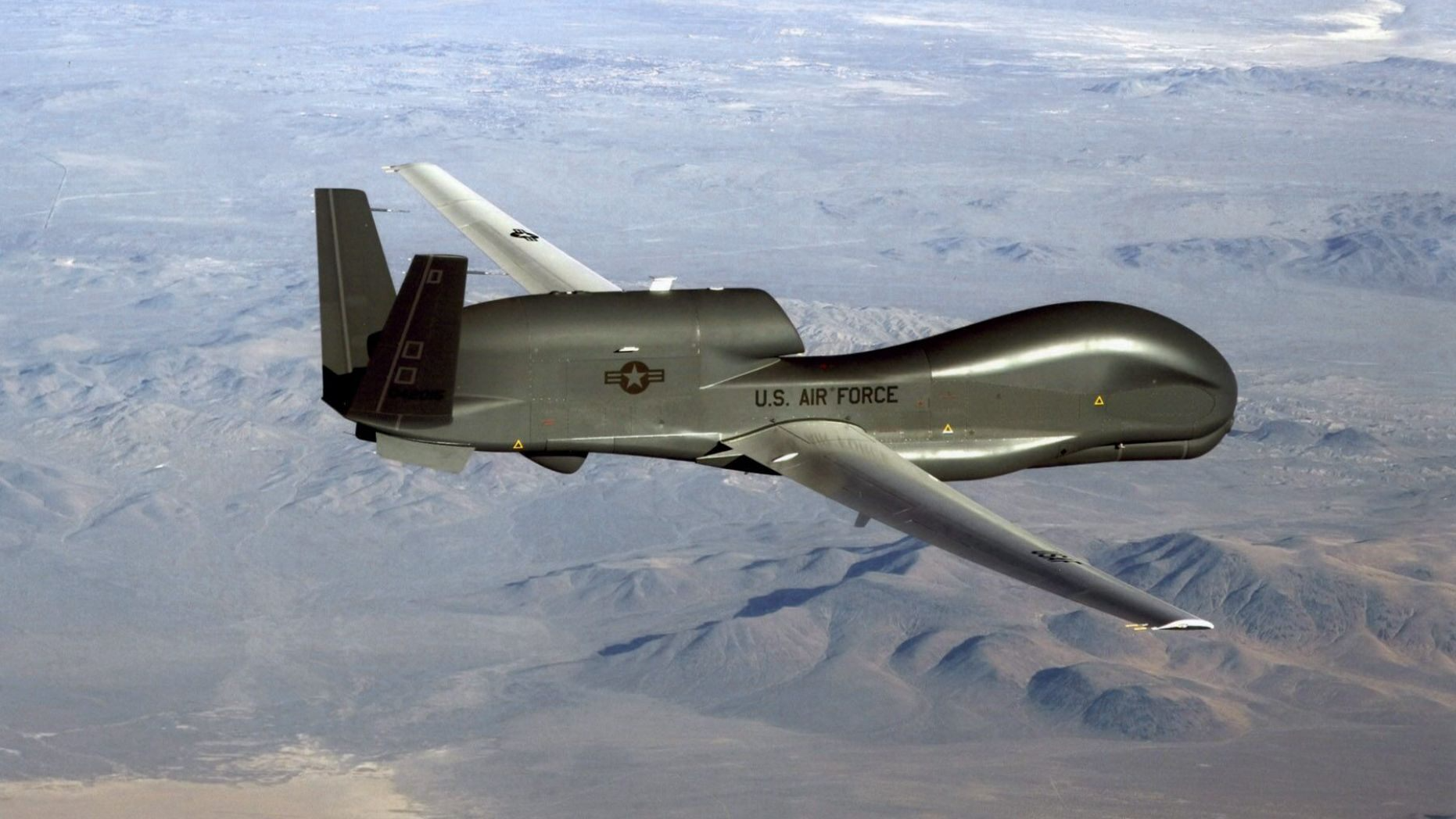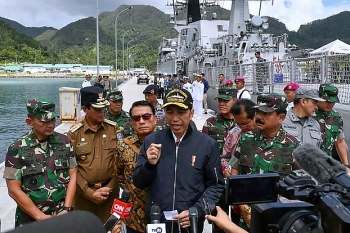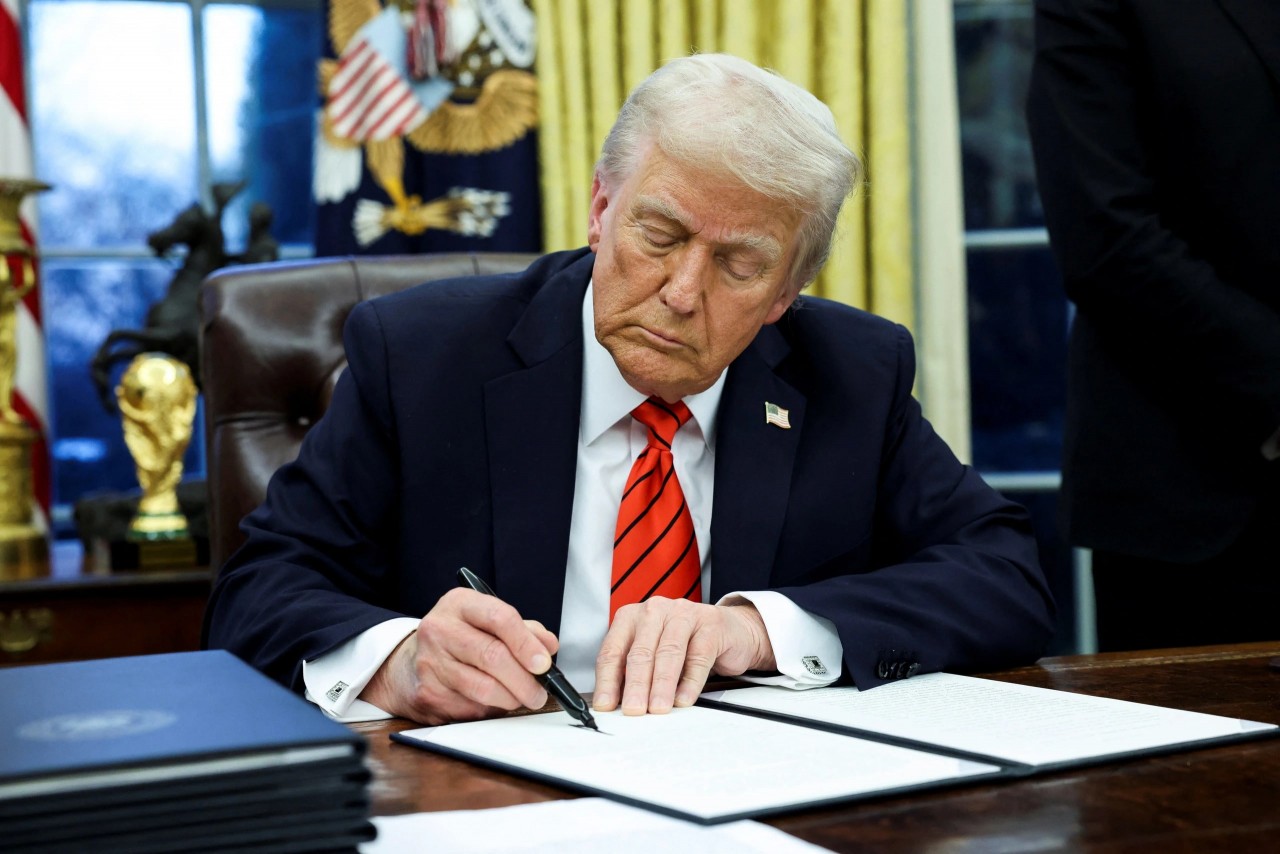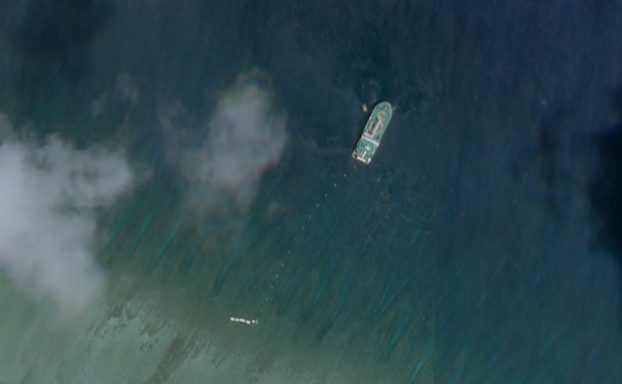US deploys spy drone and B-1B bombers to surveil South China Sea
 |
| The RQ-4 Global Hawk. Photo: US Air Force. |
The US is trying to enhancing its presence in the region with activities of B-1Bs, flying from Guam to the South China Sea and Global Hawk drones in Yokota, a Japan’s Air Base. Such missions appear to respond the urgency following reports that China has been conducting two-carrier exercises in the South China Sea, “some something making Taiwan increasingly nervous about a potential Chinese invasion”, Fox News reported.
The Global Hawk surveillance drones, in tandem with their Guam-based Navy Triton maritime partners, are increasingly engineered with advanced algorithms bringing new levels of autonomy. Pre-programming mission objectives wherein an aircraft can autonomously make adjustments to emerging circumstances and quickly process large volumes of information at one time, allows U.S. Commanders to improve and extend mission scope in the region and possibly overcome the much-discussed “tyranny of distance” characterizing the vast, geographically expansive Pacific theater.
One such technical program, engineered for greater airborne autonomy, is called Distributed Autonomy Responsive Control (DARC), and enables unmanned systems to better form “mesh” networks through air and ground nodes to perform a greater range of functions without needing to have each small move coordinated by a ground-based human decision-maker. The Northrop-made now-in-development DARC system seeks to distribute greater measures of autonomy into the aircraft itself. “Instead of flying it, you tell it what effect you want in an area,” Scott Winship, vice president, Northrop, told Warrior in an interview.
“Now our processing capability is so fast and we have so much storage that we are meeting that mission. Algorithms run fast enough so that if we watch our track, it will dump that data if nothing is happening. We only concentrate on the things we want to concentrate on,” Winship explained.
According to Millitary, the RQ-4 Global Hawk is a high-altitude, long-endurance unmanned aircraft system with an integrated sensor suite that provides intelligence, surveillance and reconnaissance, or ISR, capability worldwide. Global Hawk's mission is to provide a broad spectrum of ISR collection capability to support joint combatant forces in worldwide peacetime, contingency and wartime operations. The Global Hawk complements manned and space reconnaissance systems by providing persistent near-real-time coverage using imagery intelligence, or IMINT, and signals intelligence, or SIGINT, sensors.
 | Indonesia rejects China’s offer for East Sea talks, says ‘Nine-Dash Line’ puts its interests at risk Indonesia recently rejected a Chinese offer for negotiations on the South China Sea (called the East Sea in Vietnam), as Jakarta reiterated that it had ... |
 | PCA Ruling: China's claims of nine dashed line in the South China Sea is illegal Four years, after the historic ruling of the Permanent Court of Arbitration (the “PCA” or “Tribunal”) on the dispute between the Philippines and China relating ... |
 | Carl Thayer: US challenges China to win over littoral states bullied by China Emeritus professor Carl Thayer, one of the world's leading South China Sea specialists, has said that the US Note Verbale to the United Nations was ... |
Recommended
 World
World
US President Donald Trump: Reciprocal Tariffs Will Target All Countries
 World
World
Negotiation Over Confrontation: Countries Taking Cautious Approach to US Tariffs
 World
World
International Community Extends Support to Myanmar and Thailand Over Earthquake
 World
World
Trump’s 25% Tariff: "Seismic Shock" to Global Auto Industry
 World
World
EU Will "Fight Fire with Fire" in Trade War with US?
 World
World
Understanding Trump's Tariffs in Five Charts
 World
World
US Businesses Struggle Amid Trump's Unpredictable Tariff Policies
 World
World



